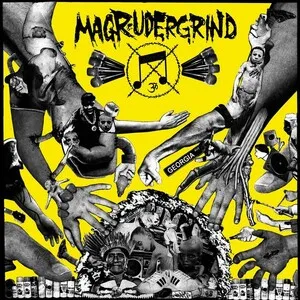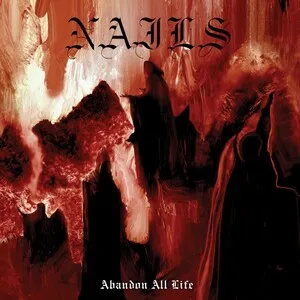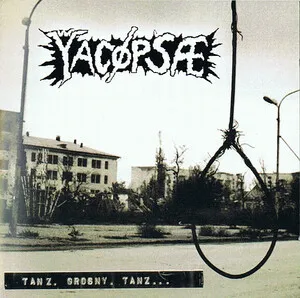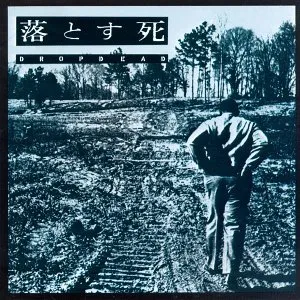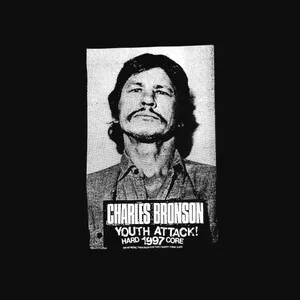
Your digging level
Description
Thrashcore is an ultra-fast, aggressive strain of hardcore punk characterized by extremely short songs, breakneck tempos, and tightly compressed arrangements. It amplifies hardcore’s intensity by trimming away ornamentation and accelerating everything: riffs, drums, and vocal phrasing.
While sometimes conflated with crossover thrash, thrashcore remains firmly rooted in punk rather than metal. It favors raw, abrasive guitar tones, rapid down-picked power-chord riffs, and relentless drum patterns that often approach or include early blast beats. Vocals are usually shouted or barked, with lyrics that are political, confrontational, or socially critical.
The style prioritizes immediacy and catharsis, thriving on DIY ethics, minimal production sheen, and high-energy performances that translate into frantic pits and stage-dives.
History
Thrashcore emerged in the United States as a response to the escalating speed and intensity of early hardcore punk. Bands began shortening song lengths to mere bursts—often under a minute—while pushing tempos well past the already-fast hardcore baseline. Groups like Siege, Deep Wound, Septic Death, and early D.R.I. helped codify the approach: stripped-back structures, hyper-accelerated drumming, and caustic, shouted vocals.
As the scene crystallized, the sound spread to the UK, Europe, and Japan. UK outfits such as Heresy and Ripcord, Dutch pioneers Lärm, and Japanese hardcore stalwarts like Gauze and S.O.B. pushed the speed and precision further. The emphasis remained punk-first—raw timbres, DIY recording, independent labels, and underground touring networks. The sound influenced and intersected with other fast punk currents, sometimes labeled "fastcore."
Thrashcore’s DNA permeated subsequent extreme genres. Its velocity and brevity fed directly into powerviolence, while its relentless tempos and proto-blast approaches informed early grindcore. Even as production standards rose in adjacent scenes, thrashcore retained a lo-fi, urgent aesthetic and a community-centric, DIY ethos. New waves of bands have continued to revisit and refine the template, keeping the style alive across global hardcore circuits.
Thrashcore’s legacy is its blueprint for speed, concision, and impact. It demonstrated that songs could be both minimalist and devastating, shaping how powerviolence, grindcore, and parts of skate punk and crossover scenes conceive of intensity. Its influence endures in contemporary fast hardcore and in the broader language of extreme music.


